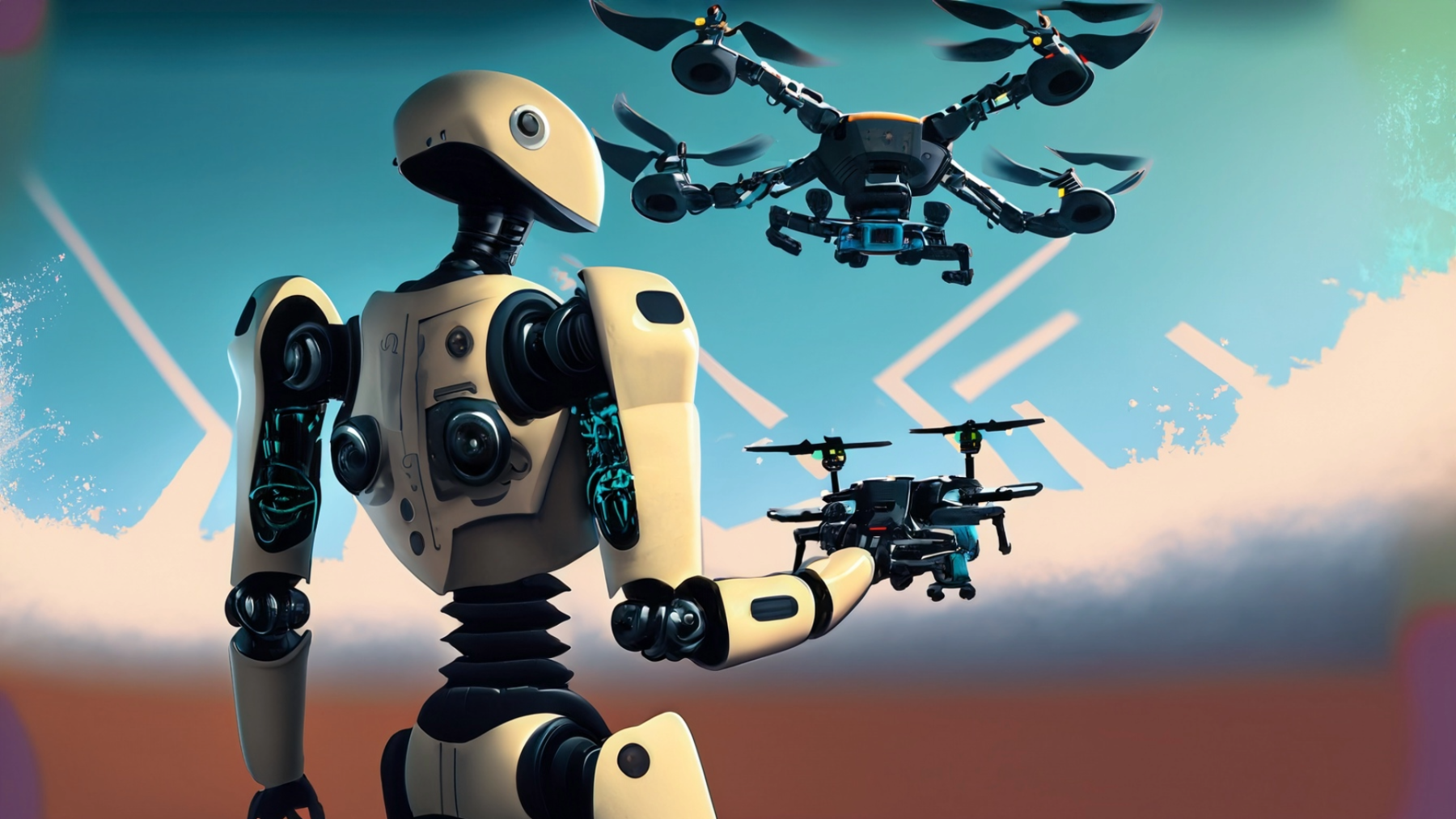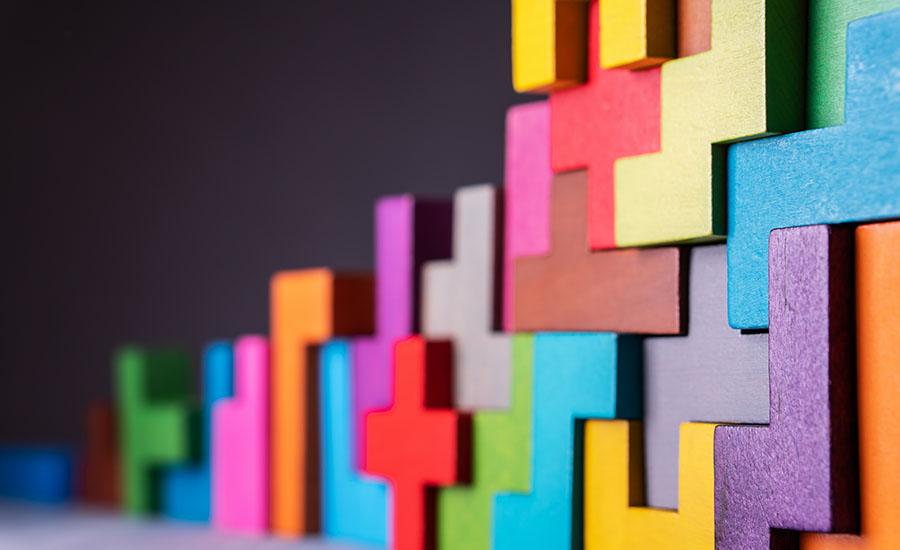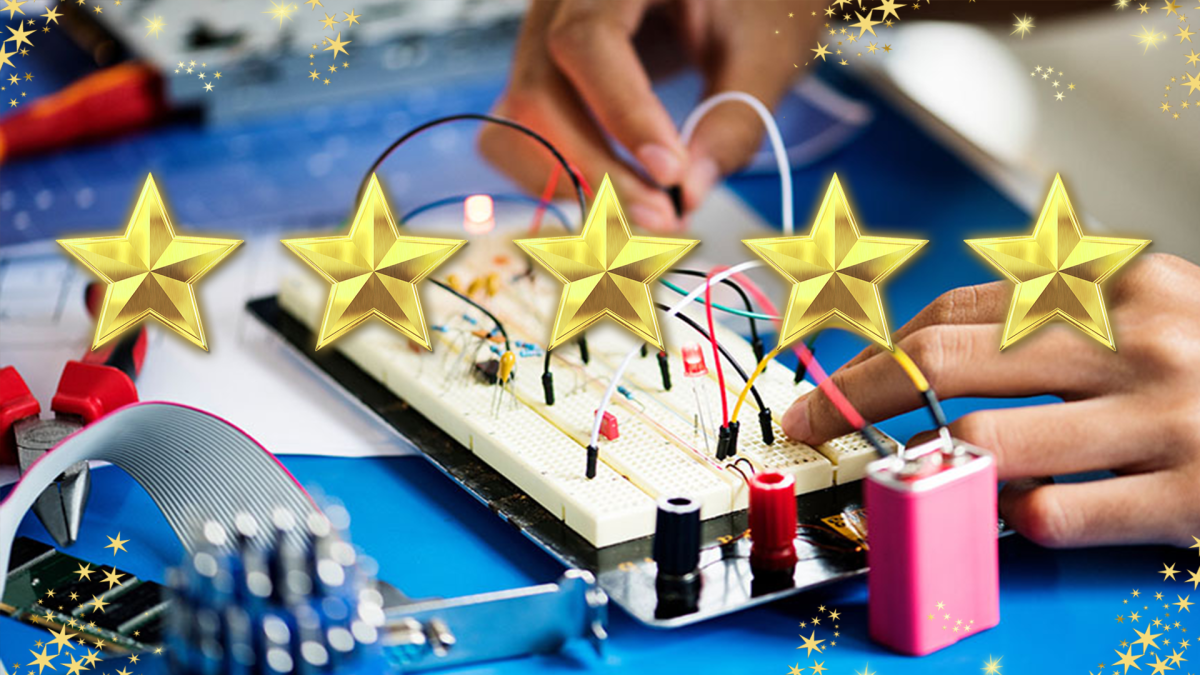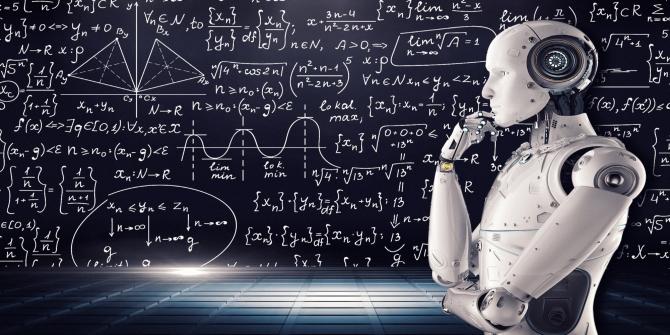
Coding a Drone to Fly on Mars or in a City Park! Plan 1 of 2
by Rob Lynch
Coding and flying drones what a match! Students will have the chance to experiment with flying a drone in a simulator. The lesson includes 4 missions incorporating forces of flight acting on a drone.
Lesson Plan Link/URL
https://docs.google.com/presentation/d/1UfpFU1H2bYSkF3uQwpu0dN3TGw6dzJ4Y/edit?u…Subject Area
Science Physical Science P3: Net Force P4: Energy Transfer Technology 1. Empowered Learner 3. Knowledge Constructor 4. Innovative Designer 5. Computational Thinker Engineering S4: Apply Science to Engineering S5: Apply Technology to Engineering Mathematics Measurement and Data (MD) English Language Arts (ELA) Writing
Featured
Off
Related Content

Grades:
6th Grade, 7th Grade, 8th Grade
Students will investigate the properties of different types of matter and apply the concept of "P1: Matter" to design, model, and 3D print an object using a MakerBot 3D printer. Hands-On STEM Design

Featured
A Shocking Dystopia: STEM Adventures in The City of Ember Part 3 of 4: A Problem in the Greenhouse
Grades:
4th Grade
This lesson is PART 3 of a four-lesson unit, which focuses on futures thinking, the phenomenon of electricity, closed-system agriculture, and water as a renewable energy resource. “The City of Ember”

Grades:
8th Grade, 9th Grade, 10th Grade, 11th Grade, 12th Grade
More VR integration in the classroom, oh my! This is the second lesson of a two-day exploration of chain reactions. On day one, students received a general overview of chain reactions, Rube Goldberg